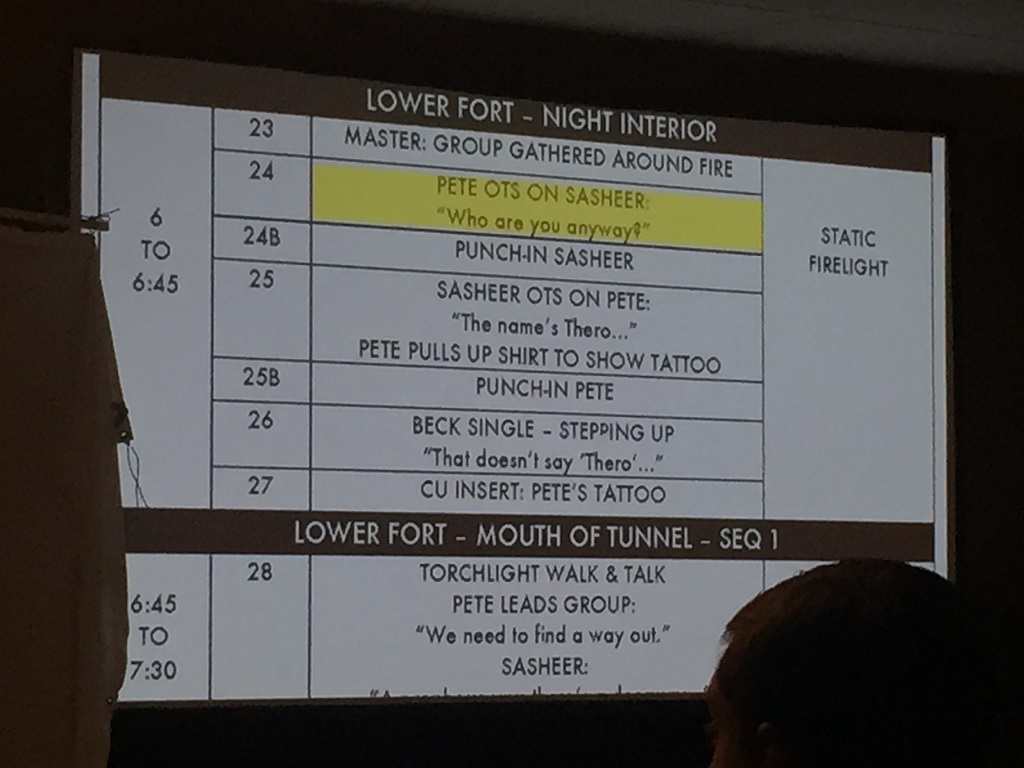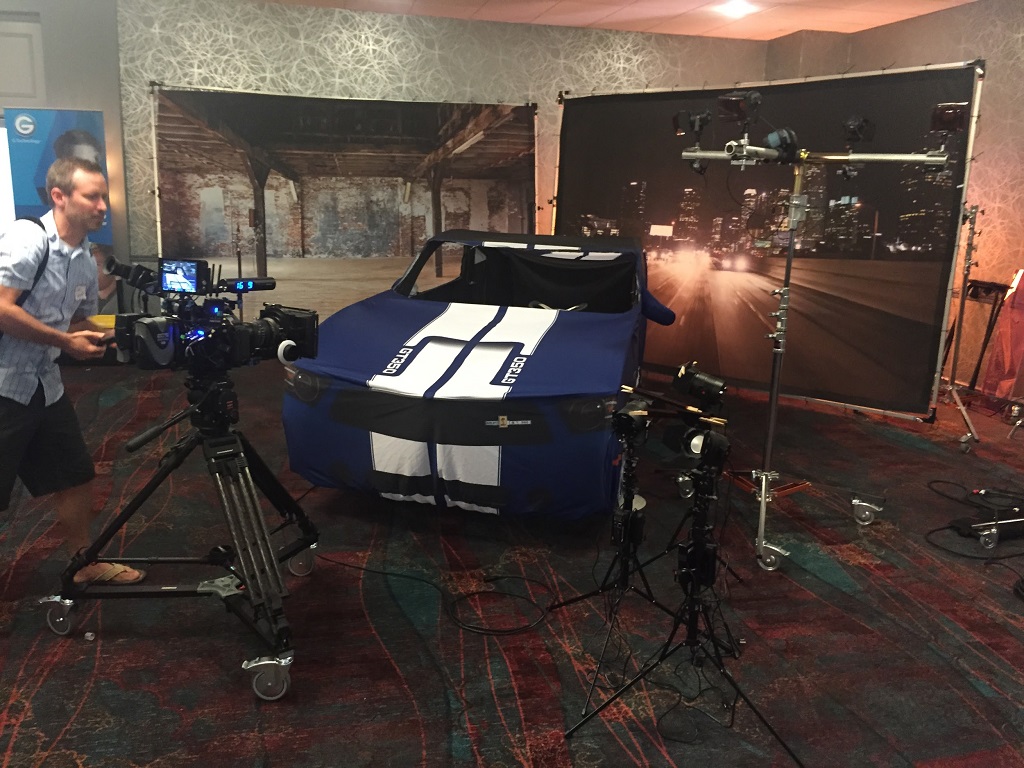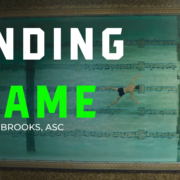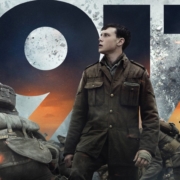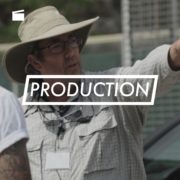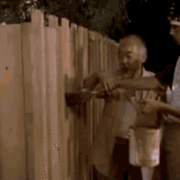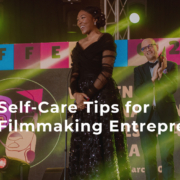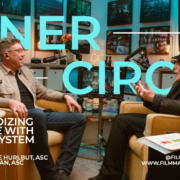Alex Buono’s Visual Storytelling 2 Tour
Today we’re taking a look at Alex Buono’s brand new Visual Storytelling 2 workshop for cinematography.
By David Weldon
In today’s market for the broadcast and cinema world, we are all looking for an advantage to get to the next level. For a long time, it was difficult to find ways to educate yourself other than muscling your way onto a set and then figuring out from there what the next steps were. Once you got out of film school, you would hunt for PA work and try your best to get to the department you were looking to work in. For those people who were already working in the industry, there were limited options to grow and get exposure to bettering yourself as an artist, as a technician. New positions and roles seemed almost out of reach because you couldn’t further your education.
In just reading the Hurlblog, you’re well aware that this has changed. There are more magazines, blogs, membership websites and even more workshops than ever before. For those of you who made it to Shane’s Illumination Experience Tour, in one of the 26 cities we toured, you were able to sink your teeth into new knowledge and education. This is an incredible advantage for many people in today’s market.
Before I started working for Shane and moved out west, I too was continuing to find ways to educate myself and grow (I still am, not just learning from Shane but as many people as I can). I was fortunate enough to attend Alex Buono’s first educational workshop, the Visual Storytelling Tour, which left a lasting impact on my career as I moved forward. I was able to watch the DVD from the tour, soaking up more and more of his approach.
When we shot an interview with Alex to help get the word out about his tour, he asked if I would be interested in coming to one of the shows and see it first hand for myself. How could I say no? Of course, I jumped at the opportunity. I wanted to do a breakdown of what I saw from Alex’s new Visual Storytelling Filmmaking Workshop to help give some insight for those who haven’t heard about it yet, or are considering attending.

No. 1 – Alex keeps it simple
I really appreciated Alex’s approach and his understanding of the majority of people who would be attending his workshop. His honesty of who he is as an artist and his ability to breakdown even the most basic ideas to someone with years of experience is key when you’re in a mode of learning.
One of the most surprising pieces of work that Alex discussed was the simplicity of shooting “Hobbit Office” for SNL. Here is the piece on SNL’s Youtube channel:
Alex has been shooting the “digital shorts,” “music video parodies” and other projects for SNL for the past 15 seasons. His simple approach to his camera setups, lighting setups and vision are what keeps him coming back year after year. There are many times we think about the idea of making something polished, but I think it’s incredible for Alex to state that his approach to “Hobbit Office” was done in the same style that he approached shooting documentaries. Simple lighting setups, going with what was available and planning ahead.
The most interesting part about “Hobbit Office” was how Alex accepted the fact that they were shooting in an actual office and that he was going to have to make use of the structure of the office to make it work. He pointed out that setting up multiple HMIs coming through doorways was not only cost effective from the rental of the gear and the manpower needed. The time needed just to setup, and then change direction of the setups just did not work for their shooting schedule.
So Alex’s approach….well, I’ll let him tell you that. I can’t give it all away! I can’t do it justice without his demonstrations and details.
No 2. – Techniques you can start using tomorrow
Pretty much everything Alex showed off, you can do and can afford to do. A really great way to get a sense of this is when Alex dove into the Opening Title Sequence of SNL’s 40th Season.
Every camera technique used in the Opening Title Sequence is done “in-camera.” From what Alex defines as “Free-Lensing” to the “Light Writing,” he shows you EXACTLY how to do it, with the tools in the room, up on the screen and at the monitors in front of you. He still continues with his approach to simplicity stating that at times some of the shots were nothing more than the available light and one Kino Flo Celeb to key the actors’ faces.
Alex took time to dive into how he approaches different types of interview lighting and camera setups. His choices in camera movement, the lighting choices he goes with and how much time he spends on average, including why he spends that much time. I found it interesting when he went into the details of:
● Corporate Video Interviews
● Doc-Style Interviews
● Multi-Camera Interviews
Check Out Tour Dates & Register Here
No. 3 – Prep Prep Prep
The time you put into prepping your shoot leads to how well you execute that shoot. Having only a day to shoot each of the pieces for SNL, a day to prep beforehand (and sometimes less) is astounding to watch and hear about. I can’t begin to imagine how his sets are run by the SNL team. You have to have one incredible crew.
Prep is the most underrated part of the process in a project. In my opinion, it’s underrated because it can be challenging and difficult to know where to start. The idea of scouting a location to understand where the placement of the sun will be at various times of the day, where power is located/how much power is available are incredibly simple and often overlooked. Taking the time to create a shot list and a lighting/camera diagram can be more difficult, but can visualize the story before you even shoot, exposing opportunity to make the project better or to see where it lacks.
Alex has spent years refining his own approach to how he prepares a script, breaking it down, visualizing the concept and mapping out camera, lens, lighting and story. Not many people are willing to walk you through their own personal system step-by-step. This is incredibly valuable, especially if you’re doing it already and looking to refine your approach. It always helps to see how others are doing it.
No. 4 – Learning from your mistakes and being honest to yourself
We all make mistakes in our career. No one is perfect and you’re not going to be able to please everyone. It’s human nature that there are variables beyond your control. Alex is no different. I found that the stories Alex told about his career, mistakes that he made, and how he learned from them were eye opening for many of the people in attendance.
It’s quite easy to see that Alex is a genuine and caring person, so it stuck with me when he talked about how “Attitude is Everything.” He even had a keynote slide with this on it. This stuck with me because you can see this in two areas:
1. A young person starting out looking to break in
2. A seasoned veteran looking for new projects
I point out these two positions in a career because you see quite often a young person carrying a poor attitude because they aren’t where they want to be and at the same time you can see a seasoned veteran with a poor attitude because they aren’t where they want to be either. Hearing it in person with stories connected to it resonates. It sticks. We all make mistakes and fall into the trap once in a while wondering why we aren’t shooting this or producing that, but it’s that Attitude that can keep you from the work and the people you want to be around. That’s not even a piece of career advice; that’s simple life advice.
No. 5 – The Evening Session: Visual Subtext
If you chose to leave early and miss the evening session, go back and sit down. Learning the Theory, the Why, is just as important as learning the Practice and the How. Alex breaks down the ideas of Visual Subtext in storytelling by diving into iconic filmmakers and films teaching how to make your story more powerful on the surface and at its core.
What’s a story without meaning and powerful structure? From the art direction, the camera movement and color palette, all of these areas and more are key to defining how subtext is created. One of Alex’s first examples is from The Godfather. Don’t tell him I told you, so when he asks and you answer correctly, just pretend you knew already – but in each scene where someone is about to die, a physical orange is placed within the frame. Oftentimes the orange is right in front of the person who is going to die, foreshadowing the story through the use of a physical object and color. Orange = Death. Why orange? I will keep that one a secret if you don’t know and let Alex walk you through it.
If you have an opportunity to attend Alex’s tour, do it. Education is worth it today. There is so much more that is in this workshop as well:
● shooting car scenes
● tips to shooting hand-held
● shooting with the MōVI
● creating firelight
● shooting day exteriors
● color correction
Sign Up for Alex Buono’s Visual Storytelling 2 Tour
To learn more about Alex as an artist and as a person, check out our recent interview with Alex here:



